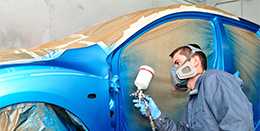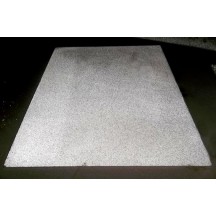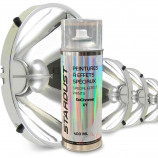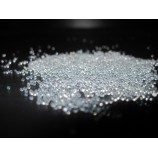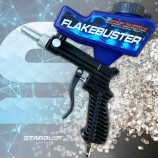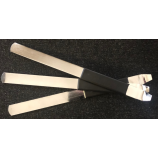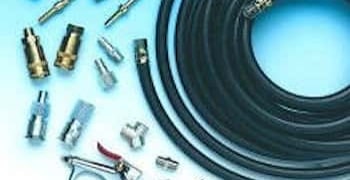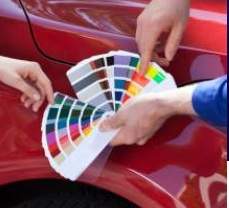In the field of paints for industry, for safety and for technical paint in general, there is a very particular type of paint, which is the retroreflective paint. The purpose of this paint is essentially to provide a solution in the field of marking and safety, both outdoors on pedestrian traffic routes, but also indoors in factories for example, or in the railway field.
The retroreflective paints bring a solution and original properties in a field where there is nothing comparable. These light-reflecting paints replace reflective equipment such as reflectors, reflective adhesives and reflective panels.
Sometimes it is not possible to apply or install these different materials, for example because of the type of surface or the shape of the surface.
The paint produces a powerful light reflection effect. Its efficiency is excellent and its durability, both indoors and outdoors, is very satisfactory.
Retroreflective paint
It is more of a paint system, rather than a classic paint. Indeed, it is a 2-step process that consists in using a thick white base that serves as an adhesion background, on which a coat of glass microbeads is placed, whose reflective power is well known.
The operation consists in taking advantage of the time interval during which the base layer is sticky to deposit or project the microbeads so that they are stuck to the surface. StardustColors ECHO retroreflective paint can create a retroreflective surface on any surface, prepared or primed. The paint works on metals, some plastics, wood and concrete.
Its epoxy-based composition provides superior strength and hardness.
Find in the product sheet the application guide of this paint, various photos of work done with it, as well as the various kits available for purchase.
How the ECHO system is applied
First, the base paint, which is a 2K paint, must be mixed. This white paint is mixed with a hardener and a thick coat is applied to the surface. With the hardener, the paint will polymerize, that is to say harden quickly by a chemical phenomenon.
The reason for adding a hardener is to make the paint ultra-resistant, compared to some paints that dry by evaporation.
The reflective beads should not be deposited on the surface directly after the paint is applied. It is necessary to wait for a certain period of time, so that the paint becomes sticky. On the contrary, if you wait too long, the beads will not be able to sink into the paint and adhere to it.
It is important that the microbeads are embedded in the coat of paint halfway, that is, half is immersed and half is on the surface.
The strength and efficiency of the ECHO system
This 2K paint demonstrated a very high level of resistance to all aging factors, as it has the same resistance as a car body paint that can be exposed to the outside for 20 years without deterioration. As for the microbeads that are immersed in the surface, since they are glass-based, they are exceptionally robust and are not subject to oxidation or abrasion. The only wear that can be observed is a detachment of the microbeads and this can occur in different cases : for example, if you have chosen stained glass that is large in relation to the paint, the beads will not adhere well.







